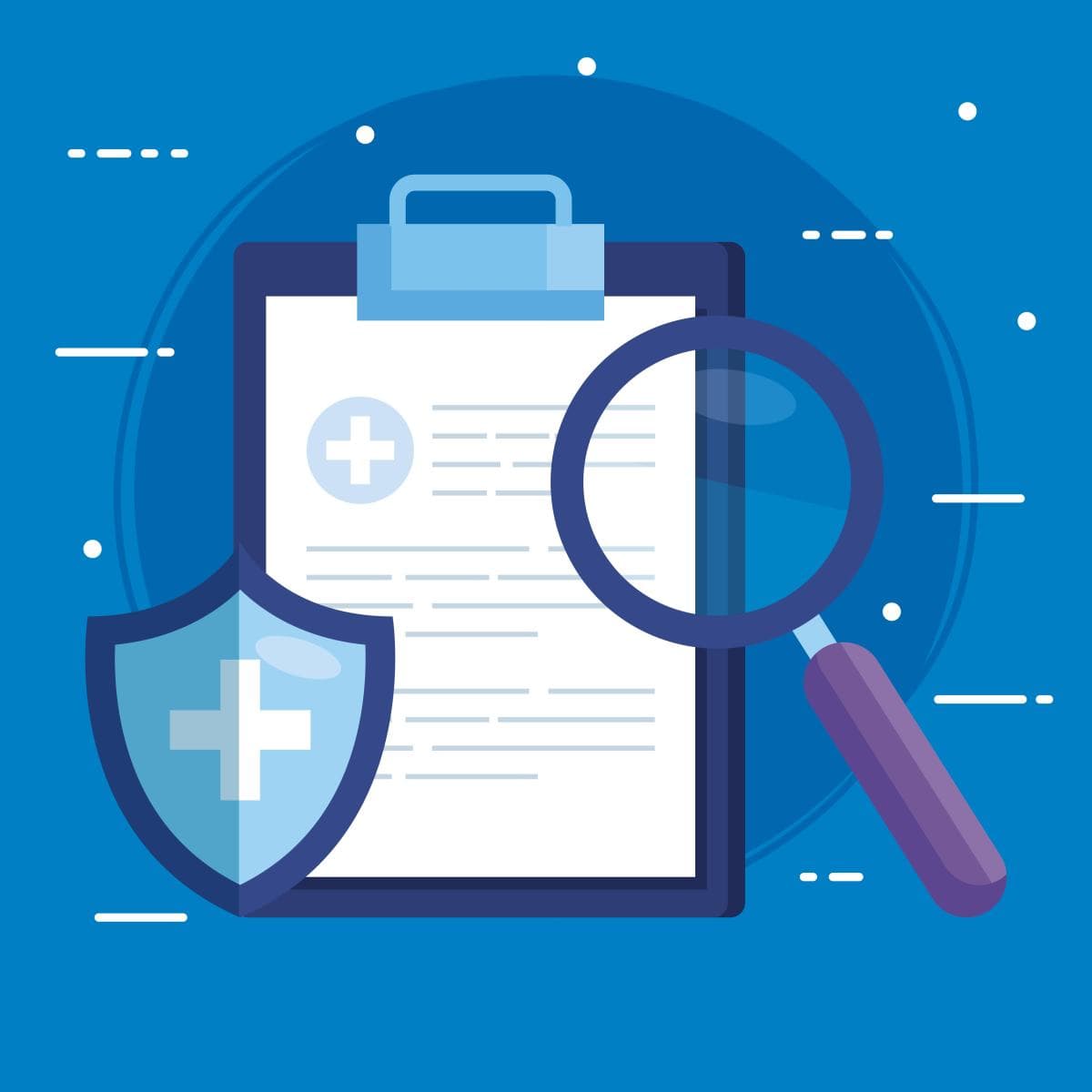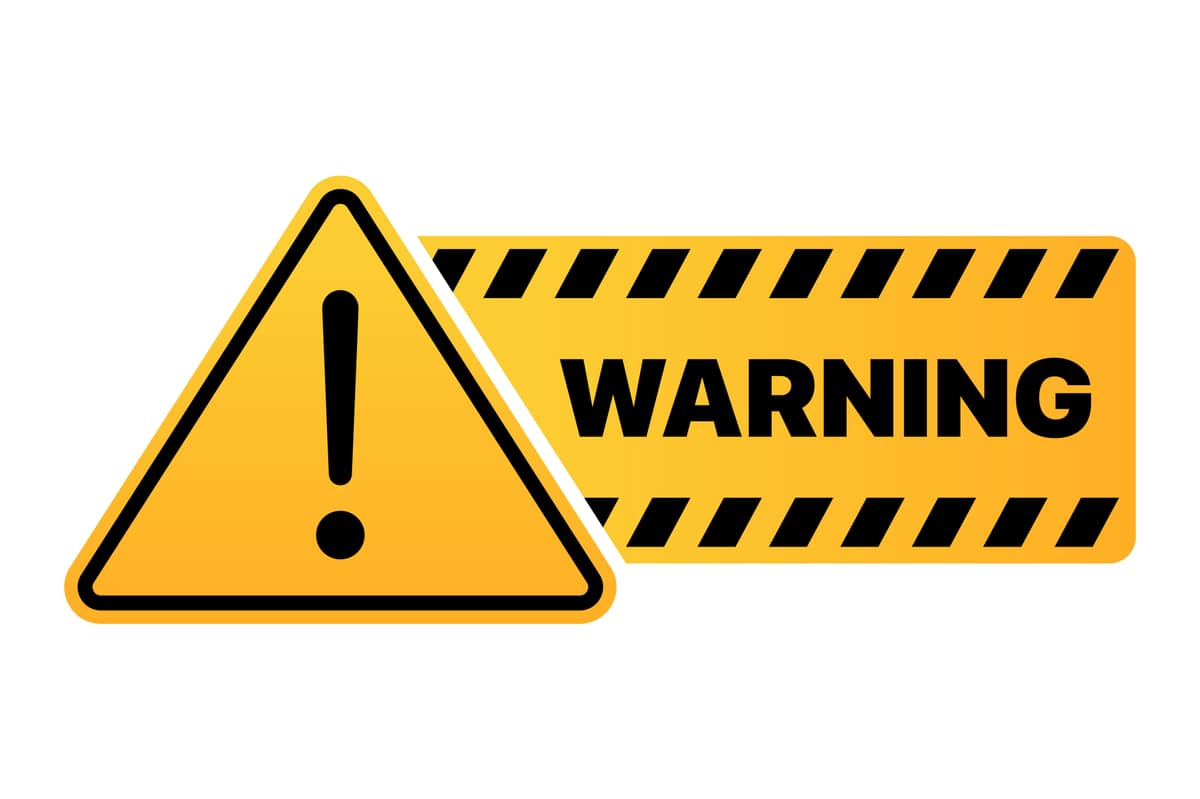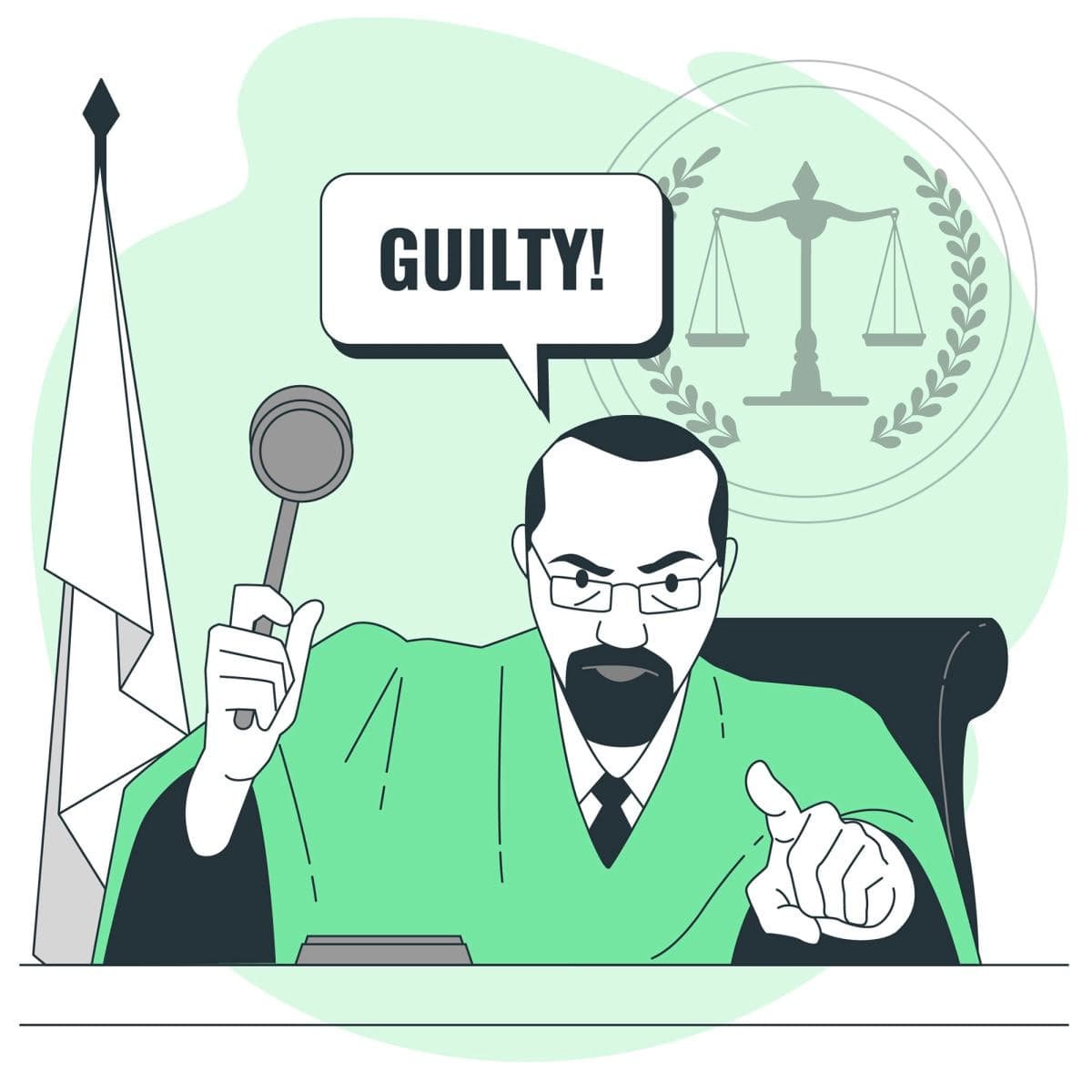
The Health Insurance Portability and Accountability Act (HIPAA) is a piece of legislation that went into effect in 1996 in the US. It was designed to safeguard patients’ sensitive medical information and establish standards for electronic healthcare data exchange. HIPAA aims to ensure the privacy, integrity, and availability of protected health information (PHI) while improving the healthcare system’s efficiency by promoting electronic transactions. The law applies to healthcare providers, health plans, and healthcare clearinghouses, as well as any associates who handle PHI. Through the Privacy and Security Rules, HIPAA sets the standards for handling and safeguarding PHI, with severe consequences for non-compliance.

HIPAA is made up of three main parts: Privacy, Security, and Breach Notification. The Privacy Rule establishes the standards for protecting patients’ medical records and personal health information, detailing patients’ rights regarding access, amendments, and notification practices. The Security Rule authorizes safeguards to protect electronic PHI from threats to its confidentiality and integrity through administrative, physical, and technical measures. The Breach Notification Rule requires covered entities to promptly report any breaches of unsecured PHI, providing timely notification to affected individuals and regulatory bodies.
HIPAA’s regulations extend to various entities within the healthcare industry, including healthcare providers. “Healthcare providers” is a broad spectrum, including but not limited to hospitals, clinics, physicians, dentists, psychologists, chiropractors, nursing homes, and pharmacies. Basically, any entity that provides healthcare services and handles PHI falls under HIPAA’s purview. They must adhere to HIPAA’s Privacy Rule, Security Rule, and Breach Notification Rule to protect patient information, maintain confidentiality, and ensure compliance with the official guidelines.
Covered entities under HIPAA are required to comply with regulations designed to protect the privacy and security of health information. These entities are responsible for creating, using, and disseminating protected health information and play an important role in maintaining the confidentiality and integrity of patient data. The term “covered entities” covers a range of organizations and individuals, each with specific responsibilities and obligations under HIPAA. They include healthcare providers who deliver medical services, health plans that manage and finance healthcare, and healthcare clearinghouses that process health information. HIPAA also extends to business associates of these entities, who must adhere to strict guidelines when handling PHI.
The Privacy Rule is a cornerstone for protecting patients’ medical records and PHI in the healthcare sector. This rule was enacted to ensure the privacy of PHI by establishing standards that healthcare providers, health plans, and other covered entities must follow. It safeguards patient medical records, with the goal of fostering trust between patients and providers and upholding the ethical principles in healthcare delivery.
PHI includes any individually identifiable health information held or transmitted by a covered entity in any form or medium, whether it is electronic, paper, or oral. This includes medical records, billing information, and any other data that can be used to identify an individual and relate to their past, present, or future health status or care. Covered entities must handle PHI carefully, establishing safeguards to protect its confidentiality, integrity, and availability. This includes limiting access to PHI to authorized individuals, encrypting electronic PHI, and implementing policies and procedures to prevent any unauthorized disclosure.
This rule also grants patients a set of rights regarding their PHI, specifically the ability to exercise control over their health information. These rights include the right to access their medical records and request amendments to inaccurate or incomplete information. Patients also have the right to obtain a notice of privacy practices from their healthcare providers, outlining how their PHI is used and disclosed. The Privacy Rule also grants patients the right to request restrictions on the use or disclosure of their medical records for treatment, payment, or healthcare operations, but covered entities are not required to agree to these requests. In general, the Privacy Rule aims to give patients greater control over their medical records, thus improving transparency and accountability within healthcare facilities.

The HIPAA Security Rule serves as a framework for protecting electronic PHI (ePHI) within the healthcare industry. Its main objective is to ensure the confidentiality, integrity, and security of ePHI. This is done by protecting patients’ sensitive health data from any unauthorized access (including hacks), disclosure, amendment, or destruction. This rule is instrumental in increasing the cybersecurity of healthcare organizations.
Under the Security Rule, covered entities are required to implement a variety of safeguards to protect ePHI from threats and vulnerabilities. These safeguards include administrative, physical, and technical measures aimed to reduce risks and to ensure the secure handling of electronic health information. By implementing these security controls and protocols, healthcare organizations can effectively protect ePHI and comply with HIPAA regulations.
Administrative safeguards include the establishment of policies, procedures, and processes to manage the security of ePHI. They include conducting thorough risk assessments, developing security policies and procedures, providing ongoing employee training and awareness programs, and implementing access securities to prevent any unauthorized access to ePHI.
Physical safeguards are designed to protect the physical infrastructure and devices that store or transmit ePHI. This involves controlling access to facilities where ePHI is stored, applying secure workstation policies, and securing devices containing ePHI to prevent unauthorized access or theft.
Technical safeguards use technology to protect ePHI and to control access to electronic health systems and data. These measures include managing access controls, encryption tools, audit controls, and data backup and data integrity checks to ensure the integrity of ePHI.

The Breach Notification Rule outlines specific requirements for covered entities and their business associates in the event of a breach of unsecured PHI. Under this rule, covered entities are required to promptly notify affected individuals, the Secretary of Health and Human Services, and in some cases, the media, following the discovery of a breach. This rule aims to ensure timely notification so affected individuals can take the necessary steps to mitigate any potential harm and to protect their privacy.
A breach is when there is unauthorized acquisition, access, use, or disclosure of PHI that compromises the security or privacy of the information. This includes situations where PHI is accessed by unauthorized individuals or entities, whether it was intentional or unintentional. The rule also considers any use or disclosure of PHI that poses a significant risk of financial, reputational, or other harm to the affected individual as a breach that requires notification.
In the event of a breach, covered entities are required to conduct a thorough risk assessment to determine the extent of the breach and the potential risk to affected individuals. If it is determined that the breach poses a significant risk of financial, reputational, or any other harm, covered entities must notify affected parties without unreasonable delay. This typically means within 60 days of discovery. Notifications must include the description of the breach, the types of information compromised, steps people can take to protect themselves, and the entity’s contact information in case of further questions.
In addition to this, covered entities are also required to report their breaches to the Secretary of the Department of Health and Human Services through the HHS website. Breaches that affect fewer than 500 individuals can be reported annually (within 60 days of the end of the calendar year in which the breach was discovered). Breaches that affect 500 or more individuals must be reported within 60 days of discovery to both HHS and the media. Informing the media can help ensure that the maximum number of breach victims are informed about the potential exposure of their sensitive information.
Conducting regular risk assessments is an important way of achieving compliance with HIPAA regulations. These assessments involve identifying potential risks and vulnerabilities to the confidentiality, integrity, and security of the PHI. By doing so, healthcare organizations can understand their security measures better and implement appropriate changes to reduce risks.
These policies should address various aspects of PHI protection, including access controls, data encryption, employee training, and incident response. By establishing clear guidelines and protocols for handling PHI, healthcare organizations can promote consistency and accountability in their operations while minimizing the risk of non-compliance.
Healthcare professionals and staff members must receive regular training on HIPAA regulations, privacy and security practices, and their organization’s policies and procedures. By educating the staff on their responsibilities regarding PHI protection and privacy, healthcare organizations are fostering a culture of compliance and reducing the likelihood of breaches due to human error or negligence.
Healthcare faculties should conduct internal audits to assess their adherence to HIPAA regulations, identify any gaps or deficiencies, and apply corrective actions as needed. By continuously monitoring the systems, processes, and employee actions, they can detect and respond to potential security incidents or breaches promptly.

Non-compliance can result in some pretty severe penalties. The HSS Office for Civil Rights enforces HIPAA and can impose fines ranging from $100 to $50,000 per violation, with the annual maximum of $1.5 million for repeated violations. The severity of the fines depends on several factors such as the nature and the extent of the violation, the harm caused, and the entity’s efforts to comply with HIPAA requirements. On top of civil penalties, criminal charges can be brought upon individuals or organizations found to be willfully negligent or involved in the deliberate misuse of PHI.
Beyond the financial penalties, non-compliance can be damaging to a healthcare organization’s reputation. Breaches of patient information and subsequent penalties can lead to a loss of trust among patients, partners, and stakeholders. Reputational damage can result in decreased patient retention, reduced patient acquisition, and the potential loss of business partnerships. The negative publicity can have a long-lasting effect on the organization’s public image and brand integrity.
Another consequence of HIPAA non-compliance is legal implications. Affected individuals may file lawsuits against healthcare organizations for breaches of their personal health information, resulting in costly legal battles and settlements. Organizations found to be non-compliant could also face increased scrutiny from regulatory bodies, leading to constant investigations and more frequent audits. Legal implications can extend beyond financial settlements, including but not limited to mandatory corrective actions, increased oversight, and potential loss of licenses or certifications required to operate in the healthcare industry.
HIPAA serves as a framework for protecting patient health information. Key components of HIPAA include the Privacy Rule, which protects patient’s PHI, the Security Rule, which mandates safeguards for electronic PHI, and Breach Notification Rule, which ensures timely reports of data breaches. Compliance with HIPAA is not only a legal requirement but also an important part of ethical healthcare practices. Prioritizing compliance helps healthcare organizations to avoid large penalties, reputational damage, and legal issues. Proactive measures, including regular risk assessments, firm policies, staff training, and ongoing audits, are vital. By prioritizing these efforts, healthcare organizations can safeguard sensitive information, build patient trust, and uphold the standards of care and accountability.

The ExCPT (Exam for the Certification of Pharmacy Technicians) is a national certification exam that pharmacy technicians can take to earn their CPhT (Certified Pharmacy Technician) credentials. Certification is essential for technicians who want to demonstrate their proficiency to work in a pharmacy setting. This post will provide you with everything you need to know …

Are you a high school student looking to pursue a career in medicine? You should consider a medical internship for high school students. Many of the most esteemed and successful medical professionals started their journey as interns in the healthcare field, and so can you. During their time as interns they refined their patient care …